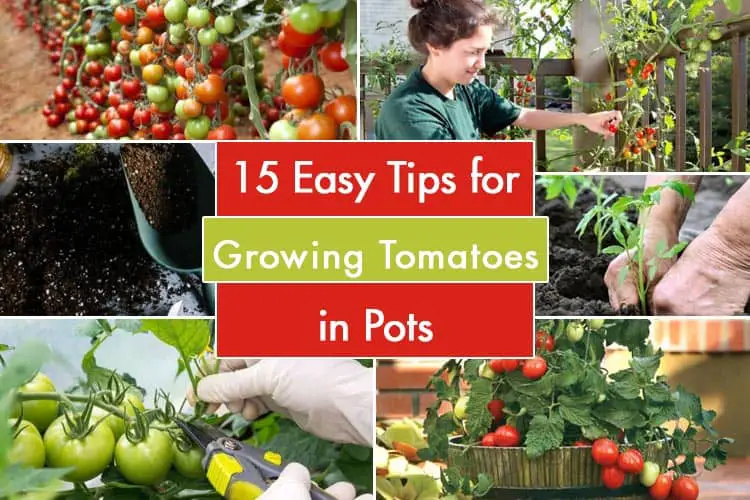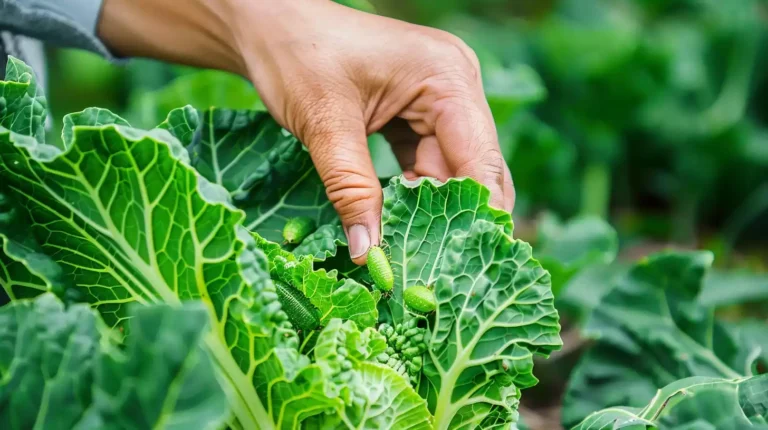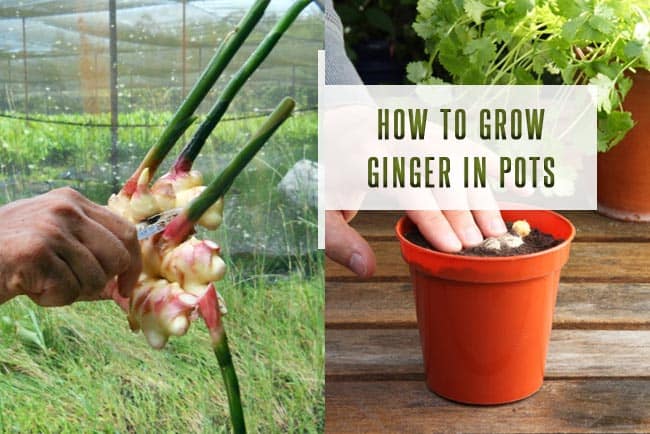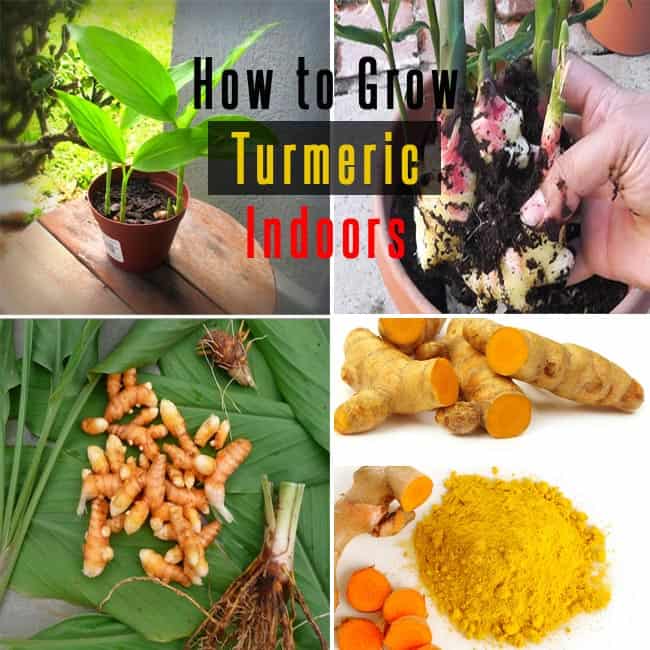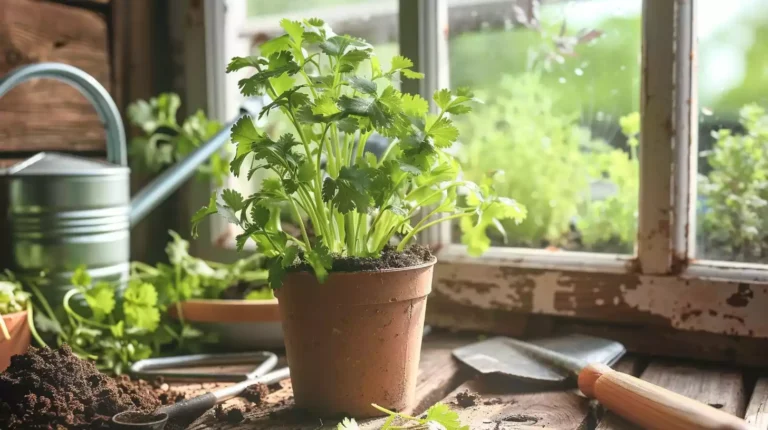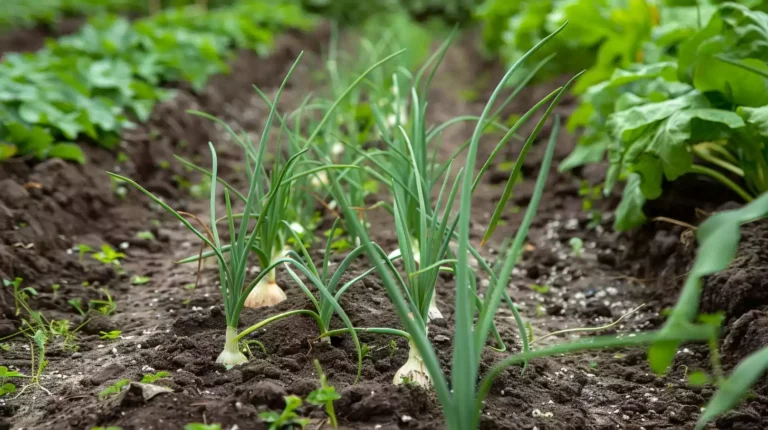How to Grow Leeks At Home: A Complete Guide
Ever wondered how to grow leeks successfully in your garden?
The process may seem straightforward, but there are key steps to consider for a bountiful harvest.
From choosing the right planting time to providing proper care throughout the growing season, mastering the art of leek cultivation can be a rewarding journey.
Whether you’re a seasoned gardener or just starting, understanding the nuances of leek cultivation can elevate your gardening experience and yield delicious results.
Continue Reading to Understand These Key Points:
- Choose the right time and location for planting leeks.
- Provide adequate water, sunlight, and well-draining soil.
- Select high-quality seeds and proper varieties for successful growth.
- Monitor for pests and diseases, then harvest at the right size for optimal results.
Getting Started
To start growing leeks successfully, choose the right time to sow seeds indoors or outdoors in spring or early summer. Use well-draining soil with compost for proper growth. Plant leek seeds about half an inch deep and 1 inch apart in rows.
Keep soil moist but not waterlogged for germination. Thin seedlings to 6 inches apart once they emerge. Water leeks adequately, around 1-1.5 inches per week, especially in dry spells.
Mound soil around leeks as they grow for longer white stems. Weed regularly to prevent nutrient competition.
Leeks mature slowly and are ready for harvest in late summer or early fall. Follow these steps for successful leek growth.
Recommended Varieties
When choosing leek varieties, it’s essential to consider factors like taste, resistance to pests, and growth rate.
‘Tadorna’ and ‘King Richard’ are highly recommended for their superior qualities and adaptability.
These varieties offer home gardeners and commercial growers reliable options for successful leek cultivation.
Best Leek Varieties
For successful leek growth, choosing the right varieties is crucial. Highly recommended options are ‘Tadorna’ and ‘King Richard’.
These varieties are disease and pest resistant, making cultivation easier.
‘Tadorna’ is great for early harvests, while ‘King Richard’ has long, white shafts. Both offer a mild, sweet flavor for enhancing dishes like salads, soups, stir-fries, and stews.
Opt for these top-notch leek varieties for a successful harvest.
Growing Conditions for Leeks
After selecting the best leek varieties, it’s essential to provide optimal growing conditions to ensure a successful harvest.
When planting leeks, remember these key tips for the best results:
- Planting Depth: Plant leeks deeply to encourage long white stalks and proper anchoring in the soil.
- Soil Quality: Leeks thrive in full sun and fertile, well-drained soil, providing necessary nutrients for healthy growth.
- F1 Hybrid Varieties: Choose F1 hybrid varieties for consistent performance and enhanced disease resistance, maximizing leek cultivation success.
- Overall Care: Maintain the soil around the plants regularly to provide the best conditions for growth and development.
Preparing the Ground
Choosing a warm, sunny spot with well-drained soil is crucial for growing leeks. Improve soil quality by adding compost or well-rotted manure to provide essential nutrients. Adjust pH levels for optimal growth.
Start leeks indoors from late winter to give them a head start before transplanting outdoors. Transplant them into a sunny spot with good drainage, weed regularly, water consistently, and earth up the soil around the leeks for sturdy growth.
Sowing Leeks
When sowing leeks, selecting high-quality seeds is vital for a successful crop.
Plant leek seeds at a depth of 1/4 inch in trays or pots with a seed starting mix, ensuring they remain consistently moist for optimal germination.
Remember to provide warmth for the seeds to sprout efficiently, setting the stage for healthy leek seedlings.
Seed Selection Tips
To ensure a successful leek harvest, carefully select leek seeds based on the desired maturity time and variety characteristics. Opt for short season seeds (50-100 days) like King Richard, Varna, and Rally for quicker harvests.
Choose long season seeds (100-180 days) such as Comanche and Giant American Flag for extended harvesting periods.
Consider intermediate varieties (90-120 days) for a middle-ground option in maturity time.
Planting Depth Advice
When planting leek seeds, sow them 1/4 inch deep in well-draining soil. Ensure to sow thinly, cover with a fine soil layer, and maintain consistent moisture for germination.
Keep the seed tray in darkness, and maintain soil temperatures between 65-75°F.
See the table for planting guidelines:
| Aspect | Guidelines |
|---|---|
| Planting Depth | 1/4 inch |
| Soil Moisture | Consistent moisture |
| Darkness Requirement | Cover seed tray |
| Soil Temperatures | 65-75°F |
Watering Requirements for Leeks
Wondering how often to water your leeks for optimal growth and health? Leeks thrive with consistent soil moisture for robust stalk development. Here are some key watering tips:
- Water deeply once or twice a week, aiming for about 1 inch of water weekly.
- Avoid overhead watering to prevent fungal diseases; use a soaker hose or drip irrigation system instead.
- Regularly check soil moisture levels, especially in dry conditions, and adjust watering frequency as needed.
- Proper watering encourages long, white leek stalks and overall plant vigor.
Transplanting Leeks
When transplanting leeks, make sure to harden off the seedlings to reduce transplant shock by gradually exposing them to outdoor conditions.
Dig deep holes for planting, spacing leek transplants about 6 inches apart in rows with at least 12 inches between rows.
Water the leeks immediately after planting to help them establish in their new location. Proper spacing and watering are crucial for healthy leek plants.
Plant Care
I’ve got some essential tips to share about caring for your leeks:
- Make sure they’re planted in well-drained soil and receive plenty of sunlight.
- Keep the soil consistently moist by watering them regularly, especially during dry spells.
Soil Requirements
To ensure optimal growth of leeks, provide fertile, well-drained soil with a pH of 6.0-7.0. Add aged compost or organic matter before planting for improved growth. Use nitrogen-rich fertilizers for healthy development.
Mulch around leeks to retain moisture, suppress weeds, and maintain consistent moisture levels. Consider using Miracle-Gro® Performance Organics® All Purpose In-Ground Soil for enhanced soil quality and essential nutrients.
Can Wood Ash be Used as Fertilizer for Growing Leeks at Home?
Yes, wood ash benefits for gardening can include its use as a natural fertilizer for growing leeks at home. The high potassium content in wood ash can help improve soil quality and promote healthy leek growth. Wood ash can also help to raise soil pH levels for optimal leek cultivation.
Watering Needs
Leeks need consistent watering to keep soil moisture levels even without causing waterlogging. Deep water leeks once or twice weekly with about 1 inch of water per week.
Use a soaker hose or drip irrigation to water directly at the base, avoiding wetting the foliage to prevent fungal diseases.
Regularly monitor soil moisture, especially in hot and dry conditions, to ensure leeks are well-hydrated. Targeted watering and avoiding overhead watering help maintain the necessary soil moisture for healthy leek growth.
Harvesting Leeks
When harvesting leeks, ensure the shaft is firm, white, and at least 3 inches long for the best flavor and texture. Cut them at ground level with a sharp knife to avoid plant damage.
Store harvested leeks in the refrigerator for up to two weeks or freeze them for long-term storage.
Use leeks in recipes like soups, quiches, and roasted dishes for delicious meals.
Common Problems
Facing common problems with your leeks? Leeks are susceptible to various pests and diseases that can hinder their growth.
Pests like aphids, thrips, and leek moth larvae can infest your leeks, while diseases such as onion maggot damage and fungal infections can also pose a threat.
To mitigate these issues, implement proper cultural practices like crop rotation and garden cleanliness to prevent pest and disease outbreaks.
Regularly monitor your leeks for any changes in appearance, which may indicate a pest or disease problem. Address these issues promptly to maintain plant health.
Consider using insecticidal soap or neem oil for effective and environmentally friendly pest control on leeks. Stay vigilant, practice good habits, and use appropriate pest control methods to ensure your leek plants stay healthy and strong.
Blanching Leeks
To enhance the flavor and texture of your leeks, consider blanching the lower portion of the plant with soil to create a longer, whiter stem. Blanching is a simple yet effective technique that can make a significant difference in the quality of your leeks.
Key points to keep in mind include covering the lower part of the leek plant with soil to prevent sunlight exposure, resulting in a whiter stem that’s tender and sweet.
Blanching also helps in producing a tender texture in the leek stalks, reducing bitterness often associated with the exposed portions of the stem.
Storing Fresh Leeks
Fresh leeks can be stored in the refrigerator for up to two weeks. To store them effectively, follow these methods:
| Storage Method | Duration | Additional Tips |
|---|---|---|
| Refrigerator | Up to two weeks | Store unwashed leeks in a plastic bag in the crisper drawer. Wrap them in a dry paper towel. |
| Freezing | Long-term storage | Blanch leeks before freezing and store in airtight containers. Use within 6-8 months for best quality. |
| Extended Storage | In a cool, dark place like a root cellar | Wrap unwashed leeks in damp paper towels and place in a plastic bag. Check regularly for spoilage. |
Properly stored leeks will retain their nutritional value and flavor, making them a versatile ingredient to have on hand.
Whether in the refrigerator, freezer or a root cellar, maintaining the right storage conditions will help preserve the leeks for future use.
Can the same method used to grow onions at home be applied to growing leeks?
Yes, the same method used for growing onions at home can be applied to growing leeks. Both require well-draining soil, plenty of sunlight, and regular watering. However, leeks need more space between plants to support their larger size. Otherwise, the growing process is fairly similar for both vegetables.
Final Thoughts
I hope this guide on how to grow leeks has been helpful to you.
Leeks are a good source of vitamin K, essential for bone health and blood clotting.
By growing these delicious vegetables, you’re providing your body with important nutrients.
Happy gardening!

